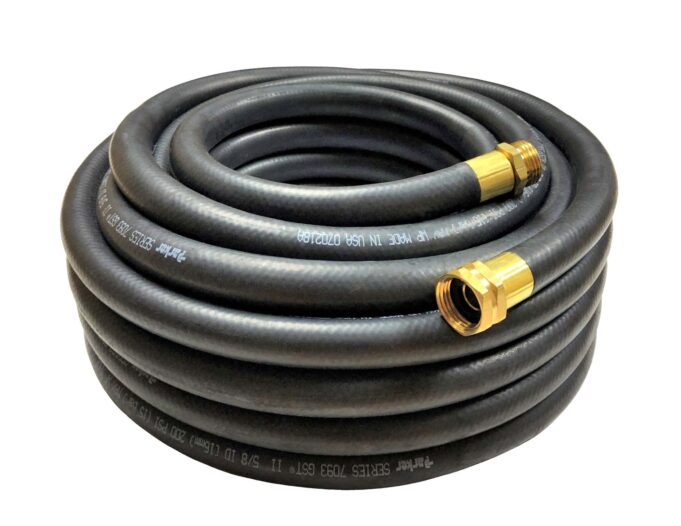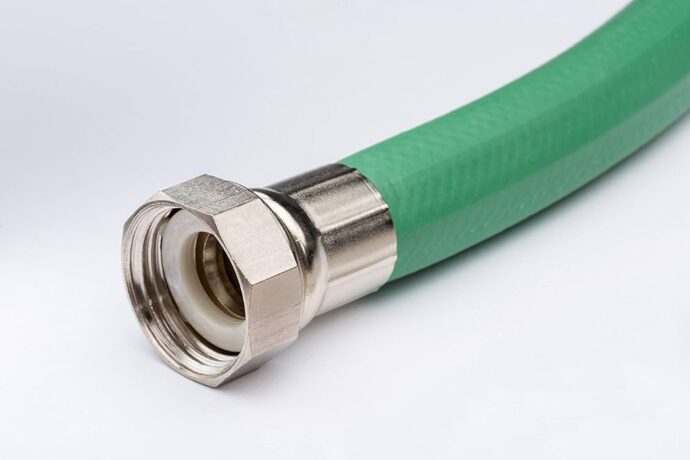Industrial hoses play a pivotal role in diverse sectors like agriculture, construction, petroleum, and mining, facilitating the transport of materials such as water, fuel, and chemicals. Yet, these industrial water hoses routinely operate under harsh conditions, bringing their resilience and performance under scrutiny. This article explores the manifold challenges faced by these hoses and the ingenious solutions devised to combat them.
Delving Deeper
To fully comprehend the issues and solutions associated with industrial water hoses, it’s vital to delve deeper into what characterizes ‘extreme’ conditions for these crucial tools. These extremes push the hoses to their limits, testing their design, materials, and resilience.
High Temperatures: Industrial environments, like steel foundries or glass manufacturing units, often require hoses to operate in zones of intense heat. Here, ‘high temperatures’ doesn’t merely mean a warm setting. We’re referring to conditions where hoses are subjected to sustained periods of extreme heat, which might come from adjacent machinery or the transported fluid itself. Equally challenging are areas with drastic temperature fluctuations. Such swings can be even more damaging than constant heat, as materials continuously expand and contract, leading to potential structural weaknesses over time.
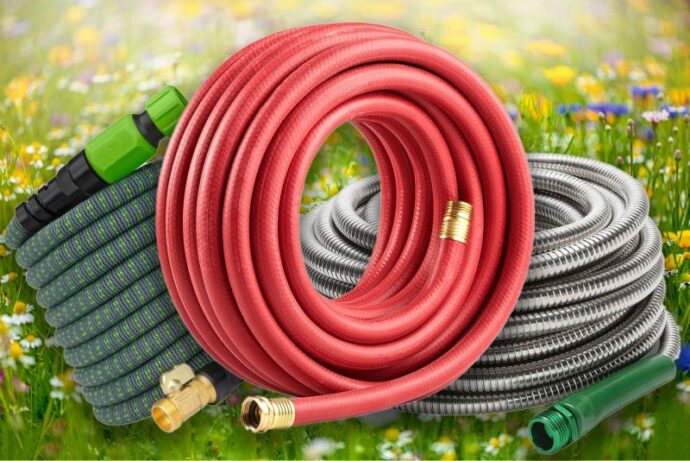
Low Temperatures: On the flip side, consider places like polar regions, high-altitude locations, or deep-sea applications where industrial hoses need to function effectively in bitterly cold settings. These aren’t just cooler zones; they’re regions where temperatures plummet to below freezing, causing the fluid inside the hose to turn into ice. Such conditions can significantly hamper flow and make the hose material brittle, thus reducing its elasticity and increasing susceptibility to cracks.
Chemical Exposure: Industries such as chemical manufacturing or wastewater treatment expose hoses to a range of chemicals, some of which are highly corrosive. These aren’t merely occasional encounters; hoses might be continuously exposed to substances that can erode their inner lining, weaken joint connectors, or even compromise the entire structural integrity of the hose over time. The very nature of these chemicals can alter based on their concentration, temperature, and reaction with other substances, further complicating the matter.
Abrasive Interactions: Think of construction sites, mining operations, or dredging projects where hoses are routinely used to transport gritty, granular substances like sand, gravel, or even small stones. Such materials, especially when moved under pressure, can act like sandpaper on the inside of the hose. Over time, this abrasive action can wear down the inner lining, leading to leaks or complete hose failure. Additionally, the external part of the hose might come into contact with rough surfaces or debris, causing exterior wear and tear.
High Pressure: Industries like hydro blasting or hydraulic machinery operations often demand that hoses manage highly pressurized fluids. In these scenarios, ‘high pressure’ is not just a slightly increased flow; it’s an intense force that can strain every inch of the hose, from its core to its connectors. Such extreme pressures can challenge the hose’s design, demanding materials and connectors that can not only withstand the internal force but also ensure consistent and safe operation over extended periods.
Challenges in Adverse Environments
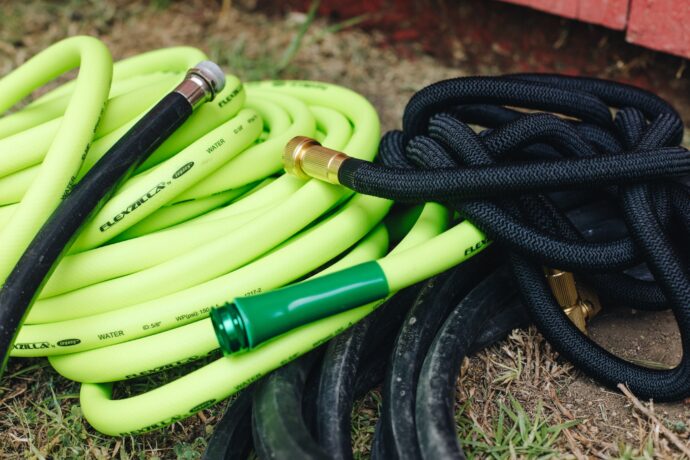
The Heat Factor When dealing with intense heat, hoses grapple with:
- Material Decay: Prolonged exposure to elevated temperatures may lead to the disintegration of material, manifesting as cracks.
- Flexibility Concerns: Elevated temperatures often rob hoses of their flexibility, making them susceptible to fractures.
The Cold Challenge In frigid temperatures, hoses often confront:
- Content Freezing: The potential of the material inside the hose to freeze, hindering flow.
- Rigidity: Paralleling the effects of heat, extreme cold can render hoses stiff and more prone to breakage.
The Chemical Quandary When exposed to aggressive chemicals, hoses might face:
- Corrosion: Potent chemicals can gradually eat away at the hose material.
- Shortened Lifespan: Even if corrosion is delayed, the lifespan of the hose can still be compromised.
Abrasives & Wear Transporting gritty materials throws up its own challenges:
- Internal Erosion: Gritty substances can slowly wear away the inner lining of the hose.
- Surface Wear: Frequent contact with abrasives can cause exterior damage.
Pressure Predicaments When operating under stringent pressure conditions:
- Rupture Risks: Hoses not tailored for high pressures can easily give way.
- Connection Issues: The joins or connectors might falter under high pressures.
Innovations & Remedies: A Closer Look
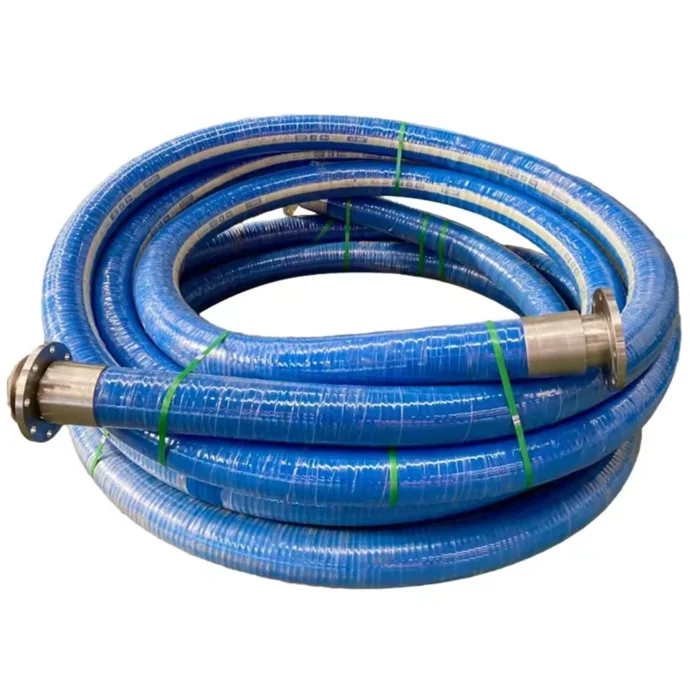
In the realm of industrial water hoses, addressing the complexities of extreme conditions is no minor task. It demands a confluence of innovative thinking, advanced material science, and vigilant maintenance strategies. Here’s a more in-depth exploration of the solutions to these challenges:
Tackling High Temperatures
- Material Prioritization: It’s not just about selecting any material; it’s about choosing the right one. For environments with high temperatures, silicone emerges as a top contender. Not only does it resist heat, but its inherent elasticity ensures it remains flexible even when exposed to sustained warmth. This resistance can significantly reduce the risks of cracks and leaks, which are common problems in lesser materials.
- Insulation: Beyond just the material of the hose itself, insulation plays a pivotal role. Think of insulation as a protective shield, acting as a barrier between the extreme external temperatures and the hose’s core. This not only maintains the structural integrity of the hose but also ensures that the contents remain at a consistent temperature, unaffected by the external heat.
Overcoming the Cold
- Antifreeze Solutions: Just as vehicles use antifreeze to prevent engine fluids from freezing, industrial hoses can benefit from similar solutions. By integrating antifreeze agents, it ensures that the contents, especially water, remain in a liquid state, thus preventing blockages or potential damage to the hose’s inner lining.
- Thermal Barriers: Here, insulation serves a dual purpose. Not only does it prevent the contents from freezing, but it also ensures that the hose remains pliable. Cold temperatures can render materials rigid, but with the right insulating barriers, hoses can retain their flexibility, reducing the risk of breakages.
Addressing Chemical Woes
- Chemical-Resilient Materials: When it comes to resisting aggressive chemicals, materials like PTFE (Polytetrafluoroethylene) and Teflon stand out. Their molecular structures are inherently resistant to many corrosive substances, ensuring that the hose remains uncompromised even in harsh chemical environments.
- Routine Checks: Prevention is better than cure, and this couldn’t be truer for hoses exposed to chemicals. By instituting a regular inspection regimen, any early signs of corrosion, wear, or potential weaknesses can be detected. This proactive approach allows for timely interventions, be it repairs or replacements.
Combatting Abrasives
- Internal Reinforcement: In scenarios where hoses transport gritty substances, the internal lining is the first line of defense. By incorporating a robust, thick, and abrasion-resistant lining, it dramatically reduces the wear and tear caused by these abrasive materials, extending the hose’s lifespan.
- Protective Covers: The exterior of the hose is equally vulnerable to abrasive damage, especially in environments like construction or mining sites. By introducing external protective sleeves or covers, the hose gets an additional layer of defense against the abrasive onslaught, ensuring its longevity.
Navigating Pressure Issues
- Reinforced Architecture: Handling high pressures is not a mere function of material but also of design. Hoses crafted with multi-layered structures or braided reinforcements are specifically tailored to manage extreme pressures. This intricate architecture distributes the internal pressure evenly, reducing the risk of ruptures.
- Specialized Connectors: The hose’s main body isn’t the only component at risk from high pressures; connectors are equally vulnerable. By opting for connectors explicitly engineered for high-pressure scenarios, it minimizes potential leak points, ensuring a seamless and safe operation.
In summary, the dynamic challenges presented by extreme environments are significant, but with the right combination of innovations and remedies, industrial water hoses can rise to the occasion. Through a mix of advanced materials, thoughtful design, and vigilant maintenance, these hoses can consistently deliver peak performance, irrespective of the conditions they face.
Maintenance: The Bedrock of Longevity
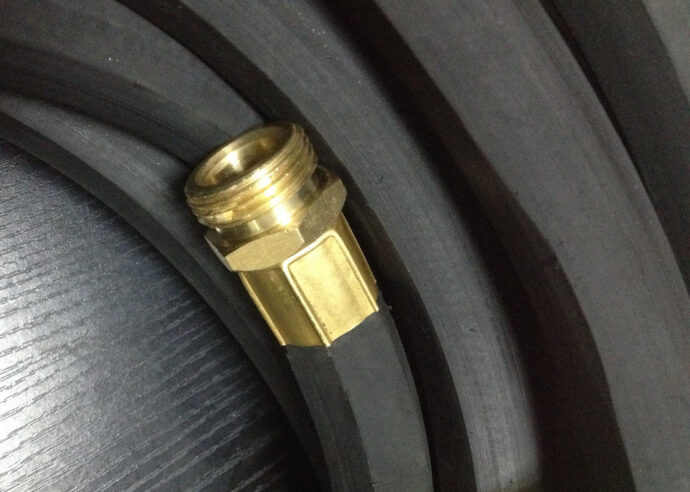
Irrespective of the operating environment, consistent maintenance is the linchpin to the longevity and optimal performance of industrial hoses:
- Routine Surveys: Regular visual checks can spot signs of damage or wear.
- Scheduled Replacements: Proactive hose replacements, even in the absence of visible wear, can preempt unforeseen failures.
- Strategic Storage: When idle, hoses should be stored in areas devoid of direct sunlight or chemical exposure to prolong their life.
Final Words
While industrial water hoses are irreplaceable across many industries, their efficacy in punishing conditions presents a series of challenges. Grasping these challenges and the corresponding solutions ensures not just the longevity of the hoses but also their optimal performance.
With astute maintenance, informed design choices, and the right materials, these hoses can consistently perform even in the most daunting scenarios.

